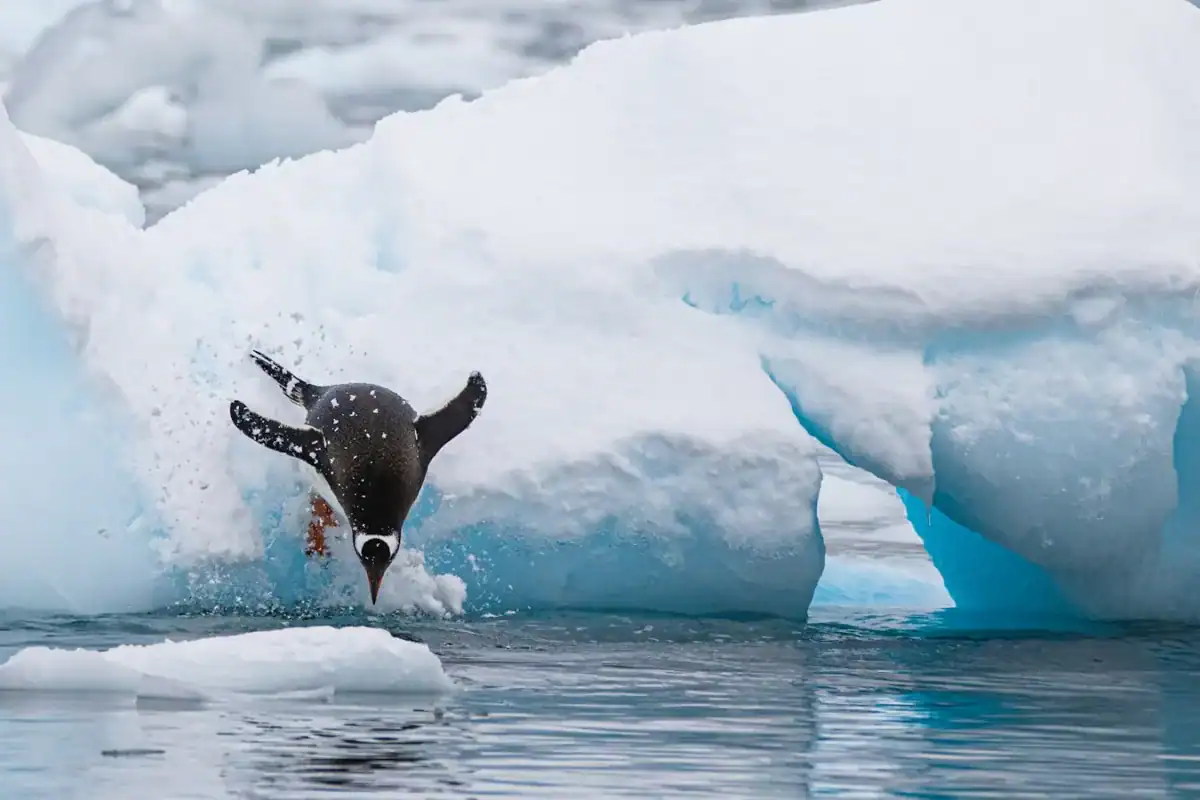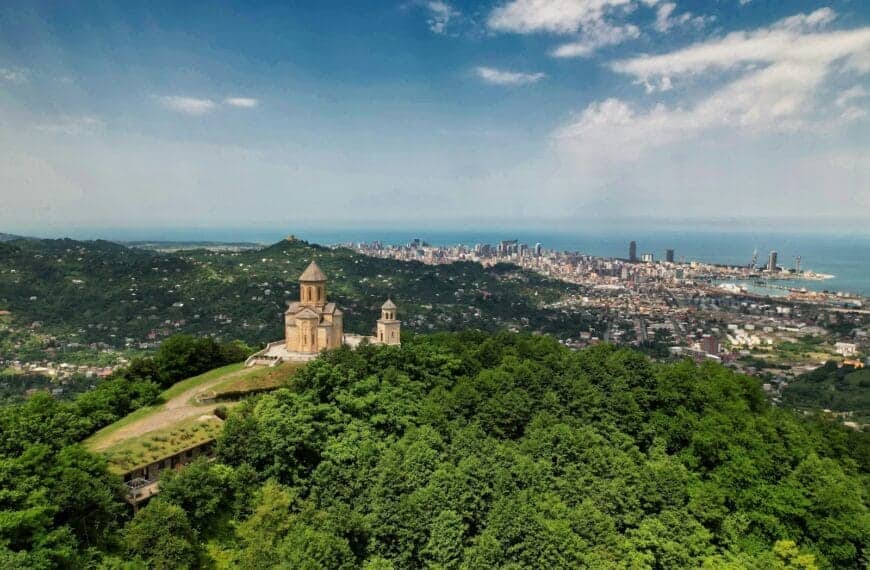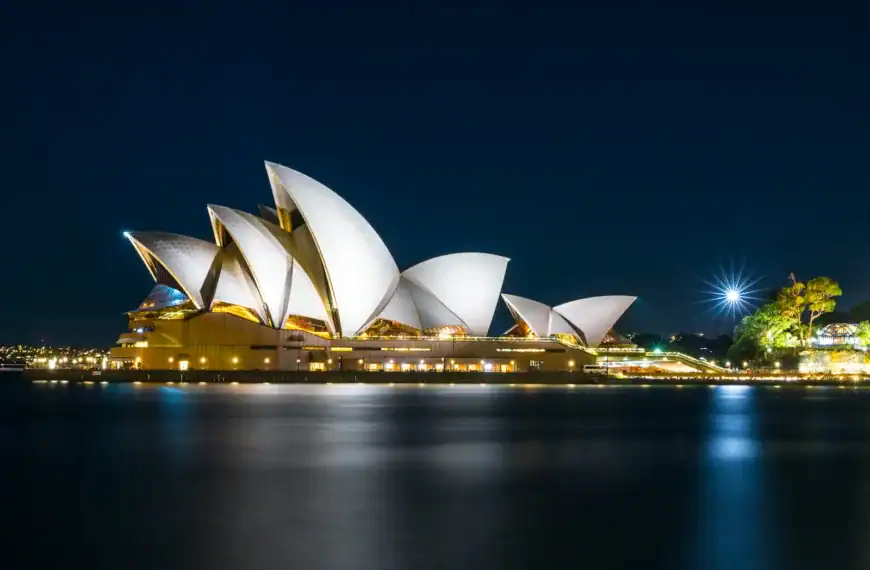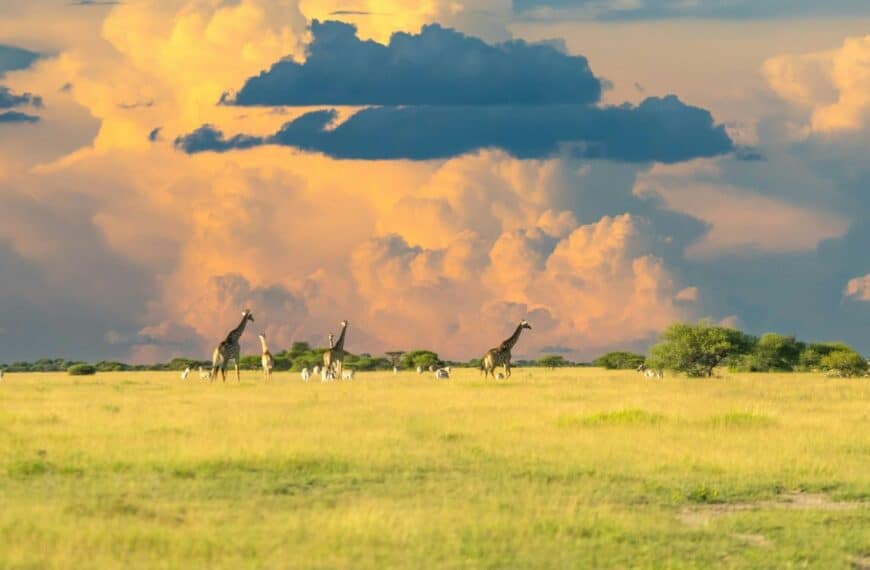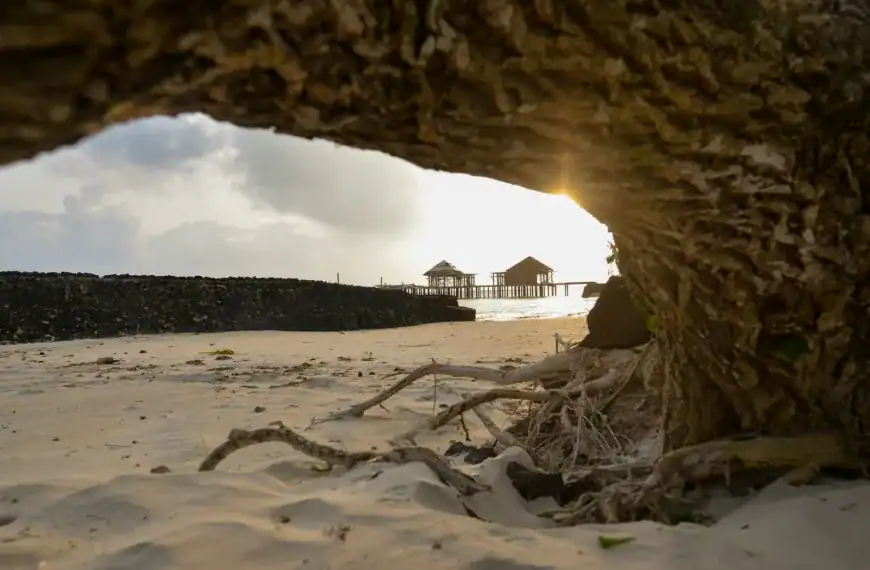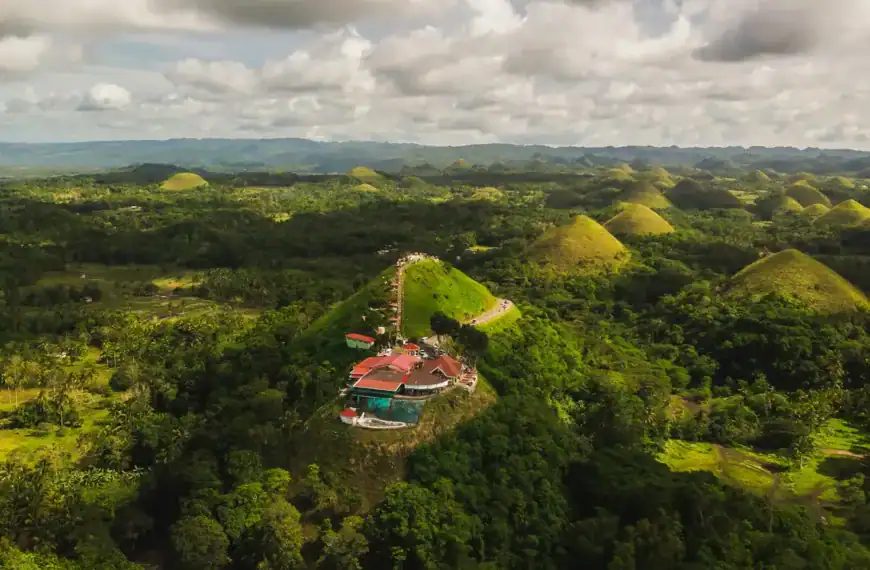Explore Antarctica – Best Tours, Cruises, and Adventures
Intro to Explore Antarctica
Vast, remote, and awe-inspiring, Antarctica is unlike any other continent on Earth. A land of eternal ice, surreal silence, and otherworldly beauty, it’s the only place where humans are visitors, not residents. For those who reach its shores, Antarctica is not just a destination — it’s an expedition.
Whether you’re kayaking past icebergs, watching penguin colonies on the Peninsula, or crossing the Antarctic Circle, this frozen wilderness offers rare experiences that are both humbling and transformative. With no permanent population, no cities, and no borders, Antarctica is governed by science, conservation, and the spirit of adventure.
Start your journey with our complete Antarctica travel guide and explore every experience, route, and expedition option available on this extraordinary continent.
💡Quick Facts:
Destination: Antarctica
Continent: Antarctica
Area: ~14 million km² (5th largest continent)
Population: ~1,000–5,000 (seasonal researchers and staff; no permanent residents)
Density: <0.01/km²
Regions: East Antarctica, West Antarctica, Antarctic Peninsula
Languages: None official; English most used by research stations
Currency: None (USD, EUR accepted in research bases/tour agencies)
Time Zones: Vary by station (often GMT, Chile Time, or New Zealand Time)
Known For: Largest ice sheet on Earth, South Pole, Emperor penguins, Ross Ice Shelf, global climate research
Governance: Managed under the Antarctic Treaty System (1961); no country owns Antarctica
🛂Arrival Info:
Entry Rules: No visa required; permits coordinated via national programs/tour operators under the Antarctic Treaty.
Tourism Access: By cruise or flight, mainly via Argentina (Ushuaia), Chile (Punta Arenas), New Zealand (Christchurch), or South Africa (Cape Town).
Customs: Strict biosecurity measures; no fresh food, plants, or animals allowed.
Official Info: Antarctic Treaty Secretariat | IAATO – International Association of Antarctica Tour Operators
🏥Health Info:
Vaccines: Follow home-country and gateway-country entry rules.
Medical Risks: Hypothermia, frostbite, altitude sickness (inland plateaus), seasickness on Drake Passage.
Facilities: Only basic medical care at research bases. Evacuation insurance essential.
Water & Food: Provided onboard vessels or stations; not sourced locally.
🚑 Check travel insurance options for travel emergencies, delays, and medical needs abroad — Get coverage here
💉 Stay Informed with Official Updates: WHO – International Travel & Health | CDC – Travel health updates
🚨Travel Advisory:
Overall Safety: Generally safe if traveling with licensed operators; hazards are environmental, not crime-related.
Crime: Negligible; no permanent civilian population.
Weather Risks: Extreme cold, katabatic winds, blizzards, whiteouts. Icebergs and sea ice affect ships.
Natural Hazards: Crevasses, avalanches, and rough seas (Drake Passage).
Political/Legal: Governed by international treaty; military activity and resource extraction banned. Visitors must comply with environmental protection rules.
🌍Track Real-Time Official Updates: US Travel Advisory | UK Foreign Travel Advice | Government of Canada | NZ SafeTravel
🥳Holidays:
Public Holidays: N/A — observed by personnel based on their home country
Operational Breaks: Most stations observe downtime during winter months
Seasonal Patterns: Most activity from November to March (Antarctic summer)
💰Visitor Info:
Currency: USD/EUR for shipboard payments or tour fees.
Cards: Accepted by tour operators; no ATMs or banks on continent.
Costs: Expedition cruises range $6,000–$15,000+.
Tipping: Depends on operator policy.
Cash-Only Areas: Entire continent, unless prearranged by operator
Tourist Taxes: May be charged indirectly via operators or port authorities
Daily Budget Range:
Expedition-based only; not independent
Typical tour cost: $5,000–$20,000+ per person for cruise or fly-in
No standard daily budget due to expedition-based structure
🛫Airports:
Nearest Airports: Ushuaia (USH, Argentina), Punta Arenas (PUQ, Chile), Christchurch (CHC, New Zealand), Cape Town (CPT, South Africa).
Antarctic Runways: Operated by research programs (e.g., Union Glacier Camp, McMurdo Station); not for general tourists.
🧳 Delayed or canceled flight? Check if you’re eligible for compensation
🚍Transport:
Tourist Access: Expedition cruises, flight–cruise combos.
Local Travel: Zodiac boats, guided hikes, ski/trekking expeditions (permitted operators only).
Driving: Not available.
🚗 Book reliable airport transfers and in-city rides in advance. Reserve your ride here
🛰️Connectivity:
SIM/eSIM: No local network. Ships provide satellite Wi-Fi (slow/expensive).
Power: 220V/240V; plug types vary by vessel.
Apps: IAATO provides visitor guidelines in digital form.
🛜 Stay connected abroad with affordable eSIM data packs. Get your eSIM here
📜Laws & Etiquette:
Environmental Rules: Do not disturb wildlife, leave no waste, and follow IAATO guidelines.
Alcohol: Permitted on ships/stations; moderation expected.
Photography: Respect wildlife distances (minimum 5m).
Drones: Banned unless with special permit.
👮Emergency Info:
Emergency: No universal number; emergencies handled by expedition team or national station.
Search & Rescue: Coordinated by gateway nations under international agreements.
Medical Emergency: Stabilization on-site; evac required for serious conditions
Crisis Hotlines: Handled through expedition coordination or embassy in port country
🗺️US/UK Embassies Abroad: US Embassies | UK Embassies
🏛️ Embassy locator tools: Embassies Worldwide
🌞Weather:
Climate: Coldest continent; inland avg. −60°C in winter, coastal summer avg. −2°C to +8°C.
Seasons: Austral summer (Nov–Mar) best for tourism; 24-hour daylight. Winter is inaccessible (Apr–Oct).
Sea Conditions: Drake Passage is one of the roughest stretches of ocean.
Sources: NSIDC | British Antarctic Survey
🌦️ Stay prepared—check the weather forecast for your destination — Weather Forecast
Antarctica by Region – Where to Explore
Antarctica is not divided by countries, but by regions of scientific, ecological, and travel significance. These five areas represent the most accessible and meaningful ways to explore the continent.
1. Antarctic Peninsula – The Classic Gateway
The most visited and accessible part of Antarctica, reached via ship or flight from Ushuaia, Argentina.
- Highlights: Glacier-cloaked mountains, iceberg-filled channels, and massive penguin colonies.
- Top Spots: Lemaire Channel, Deception Island, Port Lockroy (UK base), Paradise Bay.
2. South Shetland Islands – Wildlife & Volcanic Wonders
A dramatic archipelago north of the Antarctic Peninsula, often the first landing point on expedition cruises.
- Highlights: Active volcano (Deception Island), chinstrap penguins, and elephant seal colonies.
- Top Spots: Half Moon Island, King George Island (with airstrip), Livingston Island.
3. East Antarctica – Ice Plateaus and Remote Research Stations
Vast and less visited, East Antarctica contains 70% of Earth’s freshwater ice.
- Highlights: Wind-scoured ice caps, Russian and Chinese research bases, and historical relics.
- Top Access: Icebreaker tours or rare flights from Australia, South Africa, or New Zealand.
4. Ross Sea Region – Polar History and Science Frontier
A remote bay near New Zealand with deep ties to polar exploration history.
- Highlights: Mount Erebus (active volcano), Scott and Shackleton’s preserved huts, Adelie penguins.
- Top Bases: McMurdo Station (USA), Scott Base (NZ), Ross Ice Shelf.
5. Weddell Sea – Icebergs, Whales & Remote Beauty
- Home to some of Antarctica’s most dramatic iceberg scenery and elusive wildlife.
- Top Routes: Ice-strengthened ships with zodiacs or aerial access for select expeditions.
- Highlights: Tabular icebergs, emperor penguins (via helicopter), and epic photography.
Top Places to Visit in Antarctica
Antarctica’s places aren’t cities or towns — they’re glaciers, islands, and scientific bases. These destinations highlight the best of what this frozen continent offers.
Wildlife Hotspots
- Neko Harbour – A natural amphitheater where gentoo penguins nest, seals haul out, and glaciers thunder into the sea.
- Cuverville Island – Home to one of the largest gentoo penguin colonies on the Peninsula, with surrounding ice cliffs.
- Snow Hill Island (Weddell Sea) – Accessible only by helicopter, this is the holy grail for emperor penguin sightings.
- Hannah Point (Livingston Island) – Packed with elephant seals, fur seals, and a mix of penguin species.
- Wilhelmina Bay – A feeding ground for humpback whales and a favorite for zodiac cruising among icebergs.
Historic Sites
- Deception Island – A volcanic caldera that ships can sail into, once home to a whaling station and now a haunting ruin.
- Port Lockroy – A restored British research base turned museum and post office, staffed by seasonal workers.
- Scott’s Hut & Shackleton’s Hut (Ross Island) – Exceptionally well-preserved sites from the heroic age of Antarctic exploration.
Photographic & Scenic Highlights
- Lemaire Channel – Nicknamed “Kodak Gap,” this narrow fjord is lined with towering cliffs and floating ice.
- Paradise Harbour – Mirror-calm water surrounded by massive ice walls, perfect for kayak or zodiac exploration.
- Mount Erebus – Antarctica’s only active volcano, with a persistent lava lake and research access by permit only.
Book immersive Antarctica tours and experience unforgettable things to do in Antarctica — from ice-capped volcano treks and penguin colonies to research base visits and glacial kayaking.
How to Choose Your Antarctica Route
Antarctic travel is expedition-based. Routes are dictated by weather, ice conditions, and ship capability. Here’s how to select based on your goals:
For First-Time Visitors
- Peninsula Cruises (10–12 days) – Depart from Ushuaia, Argentina. Most common, affordable, and scenic.
For Wildlife Lovers
- Choose Weddell Sea routes for emperor penguins (rare), or South Georgia & Falklands extensions for massive penguin rookeries.
For Historic Exploration
- Pick Ross Sea voyages (4–5 weeks) to visit Scott and Shackleton’s huts — typically from New Zealand.
For Active Adventure
- Look for itineraries with kayaking, polar plunges, snowshoeing, or ice camping (available on select ships).
For Quick Access
- Fly-cruise packages from Punta Arenas to King George Island reduce Drake Passage time to 2 hours (vs. 2–3 days by ship).
How to Travel to Antarctica
Travel to Antarctica is strictly regulated by the Antarctic Treaty and requires pre-arranged, guided transport.
By Ship (95% of Visitors)
- Start Point: Ushuaia, Argentina (southernmost city in the world)
- Vessels: Ice-strengthened expedition ships with 50–200 guests. Smaller ships offer more frequent landings.
By Air
- Fly-Cruise: Fly from Punta Arenas to King George Island → board ship.
- Direct Charter Flights: Limited access to Union Glacier Camp or McMurdo via flights from Chile, New Zealand, or South Africa. Very costly, often scientific or luxury-based.
Cruise Operators
- Notable companies: Quark Expeditions, Oceanwide, Ponant, Silversea, and Hurtigruten
- Booking 6–12 months in advance is essential; 18+ months for high-season cabins or unique routes.
Entry Rules & Environmental Protocols
- No visa is needed, but all tourists must be accompanied by IAATO-certified guides.
- Strict limits on landings, gear sterilization, and wildlife approach distances protect the fragile ecosystem.
Best Time to Visit Antarctica
The continent is only accessible during its summer — a short season with major wildlife and climate shifts.
November (Early Season)
- Pristine snow, dramatic lighting, early courtship behavior in penguins.
- Lower prices and fewer ships.
- Ice may restrict landings.
December–January (High Season)
- Peak wildlife activity: penguin chicks, seal pups, and whale sightings begin.
- Long daylight hours and warmer temperatures (~0°C / 32°F).
- Most expensive and busiest period.
February–March (Late Season)
- Sea ice has receded, allowing deeper access (e.g., below the Circle).
- Best whale watching — humpbacks, orcas, and minkes are abundant.
- Penguin colonies are smelly but photogenic with molting juveniles.
Must-See Experiences Across Antarctica
Every activity in Antarctica feels once-in-a-lifetime — because it is. These are the defining experiences for a true polar expedition:
- Cross the Antarctic Circle – Few travelers venture this far south. Ice strength and weather dictate access — usually in late season.
- Zodiac Cruise Among Icebergs – Get eye-level with cathedral-sized icebergs in calm bays like Wilhelmina or Paradise Harbour.
- See Penguins in the Wild – Visit gentoo, chinstrap, and Adelie colonies on foot (with regulated distance). Rare emperor sightings are possible in the Weddell.
- Watch Humpbacks Breach – February and March offer incredible whale encounters — often right beside your ship or zodiac.
- Step Foot on the 7th Continent – Land on the Peninsula’s rocky beaches or snowy ridges. Your guide will help identify your “continental landing.”
- Polar Plunge – A tradition for the brave: jump into Antarctic waters (0–2°C) and earn ultimate bragging rights.
- Visit a Historic Base – Tour Port Lockroy, Vernadsky Station, or (on special trips) Scott or Shackleton’s huts in the Ross Sea.
- Camp on the Ice – Sleep in a bivy bag or insulated tent on the actual continent — weather permitting and on select tours only.
- Kayak in Mirror-Calm Bays – Paddle alongside icebergs, seals, and maybe even penguins — available on adventure-focused itineraries.
Travel Safety and Cultural Etiquette in Antarctica
General Safety
- Antarctica is not inherently dangerous — but it’s remote, unpredictable, and uninhabited.
- All travel is guided; independent tourism is not allowed.
- Medical emergencies require evacuation to South America — insurance is mandatory.
- Ship and zodiac landings are weather-dependent and can be canceled or changed at any time.
Environmental Etiquette
- Follow IAATO (International Association of Antarctica Tour Operators) guidelines strictly:
- Stay at least 5 meters (15 ft) from all wildlife.
- Never sit, lie, or leave anything on the ice or snow.
- Decontaminate boots and gear before every landing.
- Do not remove anything — not even a feather or stone.
- Leave No Trace — even more crucial here than anywhere else on Earth.
Antarctica at a Glance – Key Travel Insights
Geography – A frozen continent of 14 million km², with ice sheets up to 4.8 km (3 mi) thick and surrounded by the Southern Ocean.
Currency – None. Onboard currency is usually USD or EUR. At Port Lockroy’s gift shop/post office, credit cards are accepted.
Entry Points – Ushuaia (Argentina), Punta Arenas (Chile), Christchurch (NZ), Cape Town (South Africa), Hobart (Australia)
Language – English is standard on most tours; scientists at various research stations use global languages (Russian, Spanish, Mandarin, French)
Religion – Not applicable; however, some research stations have chapels (e.g., Trinity Chapel at Bellingshausen Station)
Cost Range –
- Budget (shared berth on fly-cruise): $6,000–$8,000
- Mid-range cruise (cabin on classic ship): $10,000–$15,000
- Luxury or extended expeditions (Ross Sea, private flights): $20,000–$80,000+
Digital Tools –
- No roaming or standard Wi-Fi
- Ships offer paid satellite access (limited)
- Download offline maps, translation tools, and polar guides before departure
Travel Style – Strictly expedition-based. Most tours combine wildlife viewing, hiking, photography, and polar science briefings.
Final Planning Tips for Your Antarctica Adventure
- Book a year ahead – Especially for prime season, single cabins, or specialty routes (Weddell, Ross Sea).
- Check IAATO certification – Only book with companies that follow Antarctic Treaty standards.
- Buy polar-specific travel insurance – Must include emergency evacuation and weather cancellations.
- Pack moisture-wicking layers – Cotton stays wet and cold; choose merino, fleece, and waterproof outerwear.
- Use dry bags & lens protection – For cameras, drones, and electronics exposed to saltwater spray.
- Pre-download e-books, maps, and podcasts – Ships often have no Wi-Fi or entertainment beyond lectures.
- Stay flexible – Ice and wind rule here. Your best moments might come from Plan C.
Explore Antarctica with Respect, Curiosity, and Care
Antarctica isn’t just a destination — it’s a privilege. From creaking glaciers to curious penguins, this is nature on its grandest scale. Explore our full expedition planning hub for operator reviews, route comparisons, and expert advice to help you prepare for the ultimate journey to Earth’s final frontier.
Antarctica Has No Countries — Discover These Nearby Destinations
Argentina Travel Guide | Chile Travel Guide | South Georgia & Falkland Islands Guide | New Zealand Travel Guide | Australia Travel Guide | South Africa Travel Guide

